How to Identify and Overcome Self-Limiting Beliefs for a Fulfilling Life
TIPS TO OVERCOME SELF-LIMITING BELIEFS
A Word of Caution: This article may challenge you to reflect deeply and embrace vulnerability.
“I’m not ready,” “I lack the experience,” “I’m just not good enough.” These phrases are classic examples of self-limiting beliefs, deeply toxic ideas that restrict us from achieving our goals in both work and life. But what are self-limiting beliefs? At their core, they’re negative perceptions we hold about ourselves, shaped by past experiences, societal expectations, family values, or even messages we absorb through media and social platforms.
As I emphasize in The Savage Leader’s Principle #12, “Own and Challenge Limiting Beliefs,” these beliefs, if unaddressed, can lead to self-doubt. Doubt in our ability to reach for a promotion, launch a new business, or tackle any goal that pushes us beyond our comfort zones. Self-doubt can lead to fear. Fear leads to inaction. Ultimately, inaction will further cement that limiting-belief.
For years, I wrestled with a belief that I couldn’t write, which kept me from pursuing new directions in my career. The roots of this belief went back to my college days, where I struggled to decipher complex literature like Kafka’s The Metamorphosis. Eventually, I realized that my challenges with dense literary analysis had nothing to do with my capacity to write meaningfully about leadership and business. Letting go of this misbelief allowed me to write regularly and publish The Savage Leader.
If you’re carrying beliefs that hold you back, it’s time to address them. Don’t let them linger and undermine your potential or keep you from your biggest aspirations.
Steps to Conquer Self-Limiting Beliefs
Below is a process I use with clients to help them recognize, evaluate, and conquer their self-limiting beliefs.
1. Identify and Understand Self-Limiting Beliefs
The first step in overcoming self-limiting beliefs is to pinpoint them, understand their impact, trace their origins, and question their validity.
Identify Your Self-Limiting Beliefs: Many of us harbor beliefs so ingrained that we’re barely aware of them. Listen closely to those critical thoughts that arise, especially when you’re contemplating new challenges. What phrases or thoughts hold you back? Recognizing these is the first step toward addressing them.
Evaluate the Impact: Once you identify your negative beliefs, assess their impact. How have they held you back? Have they prevented you from seizing a promotion or exploring new ventures? Have they kept you from living fully in pursuit of your dreams? Reflect on the opportunities and time lost to these beliefs—the true cost of letting them take root.
Trace the Source: Try to uncover where these beliefs came from. Was it a passing remark from a friend, a family belief, or a misinterpreted experience? Discovering the origin of these beliefs can be crucial in understanding how to overcome them.
Challenge the Validity: Often, these self-limiting beliefs go unchallenged. Turn them around—ask yourself if there’s factual evidence supporting them or if they’re merely perceptions or assumptions. More often than not, these beliefs are baseless. Question them by asking, “What if this belief isn’t true?” Think about how your life might look without it.
2. Dispel and Dismantle Self-Limiting Beliefs
Once you’ve identified and dissected your beliefs, it’s time to dismantle them. Here are some ways to do that.
Create Alternative Beliefs: Start reframing these negative beliefs with positive alternatives. For example, I began telling myself, “I’m a strong writer in the business field,” leaving my past experiences with literary analysis behind. Other alternatives could be, “I may not have traditional team leadership experience, but I have mentored many,” or “My diverse experiences are unique strengths.” Reframing in this way is a significant step in overcoming limiting beliefs.
Continually Challenge Beliefs: Combat these beliefs by taking bold steps. For me, it was about publishing my first blog and continuing to write to validate my new self-perception. For you, it could be volunteering for a new project or venturing into a new role. The more you challenge your old beliefs, the more you’ll see they’re untrue.
Adopt a Positive Mantra: Daily affirmations can also help reshape your mindset. Repeating a positive statement—before beginning work or whenever self-doubt emerges—reinforces a constructive outlook. Challenge yourself with mantras like “I’m capable” or “I’m ready for this.” These affirmations can provide the mental boost needed to silence doubt, especially when external validation is limited.
3. Keep Negative Beliefs in Check
Overcoming self-limiting beliefs is not a one-time event; it requires ongoing attention and effort. Make a habit of identifying new limiting beliefs as they emerge and addressing them before they take root. Staying proactive can prevent them from blocking your path to success.
Many of us are our own biggest obstacles, holding ourselves back through doubt. Breaking free from self-limiting beliefs is one vital step toward unlocking your full potential and realizing your dreams.
Did You Like This Post?
If you found this helpful, check out my Savage Saturdays newsletter.
Join 3,000+ leaders committed to finding meaning in their jobs, standing out at work, and making a difference in the lives of their team members. Sign-Up for Savage Saturdays
No hacks. No flexes. No fluff. Just insight and support in a 3 ½ minute read or less.


